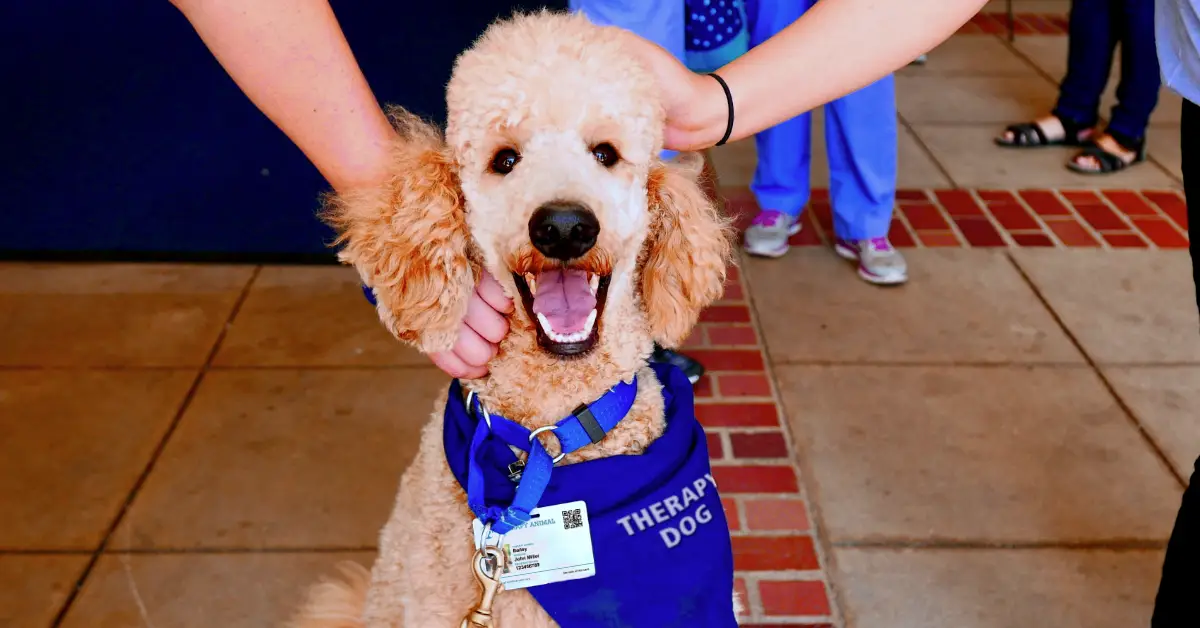All Our Articles on Emotional Support Animal

How to Register Your Dog as a Therapy Dog?
Humans are lucky to have dogs as our companions. Dogs used to help us watch livestock or help us hunt. Now, they are here to provide... Read more

Legitimate Emotional Support Animal Doctor’s Note
What is an ESA Doctor's Note? Do you know the difference between a Service Dog and an Emotional Support Animal? Many people lump these assistance... Read more

Can I Have 2 Emotional Support Animals?
According to Service Dog Certifications, you can have 2 or more emotional support animals. The presence of a furry or a scaly or a feathery... Read more

Top 10 Myths About Service Dogs and Emotional Support Animals
When it comes to service dogs, emotional support animals, and therapy dogs, well-meaning people spread incorrect information, and businesses fumble the rules. The problem isn't... Read more

Emotional Support Animal Doctor Prescription Guide
What Is an ESA Letter? An ESA letter is a prescription letter written by a licensed mental health professional (ie registered therapist, psychiatrist, psychologist) that... Read more

Emotional Support Cat
Cats can legally be emotional support animals because they are the perfect companions for boosting your mental health. One study showed that cat owners had... Read more

How to Certify a Therapy Dog
Getting your dog certified as a therapy dog can give it more credibility and open doors to places that need them, like hospitals, schools, and... Read more

The Difference between a Psychiatric Service Dog and an Emotional Support Animal
Dogs have historically performed all manner of tasks to assist humans in a variety of situations. For centuries farmers have used the intelligent and energetic... Read more

What to Do if Your Landlord Does Not Accept Your Emotional Support Animal
If your landlord has said no to your emotional support animal, there’s no need to panic; HUD’s rules are on your side. In this article... Read more



